Source (Google.com.pk)
Mehndi Bridal Dresses Biography


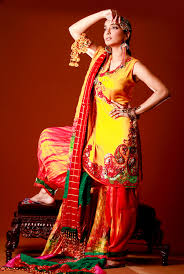
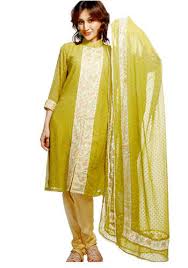

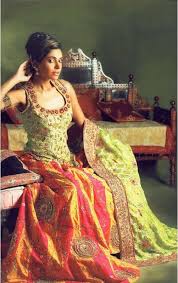
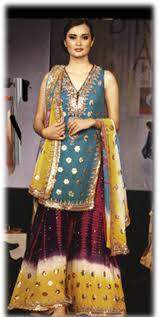
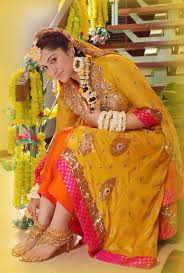


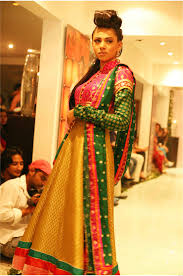
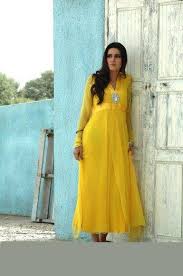
Mehndi Bridal Dresses Biography
Wedding Season has just started and girls on Internet are searching for more and more designs for their special day. A lot of designs of bridal dresses are in market and you can find a lot of pictures of bridal dresses for Baraat and Valima day but its hard to find new dress designs for mehndi days for brides. So we’ve thought of making a couple of posts for bridal mehndi dresses for brides so they can select some new designs and colors for mehndi day. Yellow color is mostly used on mehandi day by brides but this trend is now charging and Pakistani brides now love to wear green, orange, sea green, pink dresses as well on mehndi. So here we have picked a few pictures of new designs of mehndi dress for women which they can wear at the occasion of their mehandi. You can also purchase these dresses by Designer Dress.
Mehandi is the application of henna as a temporary form of skin decoration in India, Pakistan, Bangladesh, Nepal and the Maldives as well as by expatriate communities from those countries. This tradition also exist among some Arab Women particularly the Cooperation Council for the Arab States of the Gulf nationals. The word mehndi is derived from the Sanskrit word mendhikā. The use of mehndi and turmeric is described in the earliest Hinduism's Vedic ritual books. Haldi (staining oneself with turmeric paste) as well as mehndi are Vedic customs, intended to be a symbolic representation of the outer and the inner sun. Vedic customs are centered around the idea of "awakening the inner light".
Traditional Indian designs are of representations of the sun on the palm, which, in this context, is intended to represent the hands and feet.
Mehndi decorations became fashionable in the West in the late 1990s, where they are sometimes called henna tattoos. Henna is typically applied during special occasions like weddings and Muslim festivals such as Eid-ul-Fitr and Eid-ul-Adha as well as in Hindu festivals like Karva Chauth, Diwali, Bhaidooj and Teej. In some Hindu festivals, many women have Henna applied to their hands and feet. It is usually drawn on the palms and feet, where the design will be clearest because the skin on these surfaces naturally contains less of the pigment melanin. Henna was originally used as a form of decoration mainly for brides.
In the modern age, usually people buy ready=made Henna cones, which are ready to use and make painting easy. However, in rural areas in India, women grind fresh henna leaves on grinding stones with added oil, which though not as refined as professionally prepared henna cones, brings much darker colors.
The term henna tattoo is figurative, because true tattoos are permanent surgical insertions of pigments underneath the skin, as opposed to pigments resting on the surface as is the case with mehndi.
Likely due to the desire for a "tattoo-black" appearance, many people have started adding the synthetic dye p-Phenylenediamine (PPD) to henna to give it a black colour. PPD is extremely harmful to the skin and can cause severe allergic reactions resulting in permanent injury or death. Alata (Mahur) is a flower-based dye used to paint the feet of the brides in some regions of India. It is still used in Benga.
Mehandi is the application of henna as a temporary form of skin decoration in India, Pakistan, Bangladesh, Nepal and the Maldives as well as by expatriate communities from those countries. This tradition also exist among some Arab Women particularly the Cooperation Council for the Arab States of the Gulf nationals. The word mehndi is derived from the Sanskrit word mendhikā. The use of mehndi and turmeric is described in the earliest Hinduism's Vedic ritual books. Haldi (staining oneself with turmeric paste) as well as mehndi are Vedic customs, intended to be a symbolic representation of the outer and the inner sun. Vedic customs are centered around the idea of "awakening the inner light".
Traditional Indian designs are of representations of the sun on the palm, which, in this context, is intended to represent the hands and feet.
Mehndi decorations became fashionable in the West in the late 1990s, where they are sometimes called henna tattoos. Henna is typically applied during special occasions like weddings and Muslim festivals such as Eid-ul-Fitr and Eid-ul-Adha as well as in Hindu festivals like Karva Chauth, Diwali, Bhaidooj and Teej. In some Hindu festivals, many women have Henna applied to their hands and feet. It is usually drawn on the palms and feet, where the design will be clearest because the skin on these surfaces naturally contains less of the pigment melanin. Henna was originally used as a form of decoration mainly for brides.
In the modern age, usually people buy ready=made Henna cones, which are ready to use and make painting easy. However, in rural areas in India, women grind fresh henna leaves on grinding stones with added oil, which though not as refined as professionally prepared henna cones, brings much darker colors.
The term henna tattoo is figurative, because true tattoos are permanent surgical insertions of pigments underneath the skin, as opposed to pigments resting on the surface as is the case with mehndi.
Likely due to the desire for a "tattoo-black" appearance, many people have started adding the synthetic dye p-Phenylenediamine (PPD) to henna to give it a black colour. PPD is extremely harmful to the skin and can cause severe allergic reactions resulting in permanent injury or death. Alata (Mahur) is a flower-based dye used to paint the feet of the brides in some regions of India. It is still used in Benga.
Mehndi Bridal Dresses
Mehndi Bridal Dresses
Mehndi Bridal Dresses
Mehndi Bridal Dresses
Mehndi Bridal Dresses
Mehndi Bridal Dresses
Mehndi Bridal Dresses
Mehndi Bridal Dresses
Mehndi Bridal Dresses
Mehndi Bridal Dresses
Mehndi Bridal Dresses
Mehndi Bridal Dresses
Mehndi Bridal Dresses
No comments:
Post a Comment